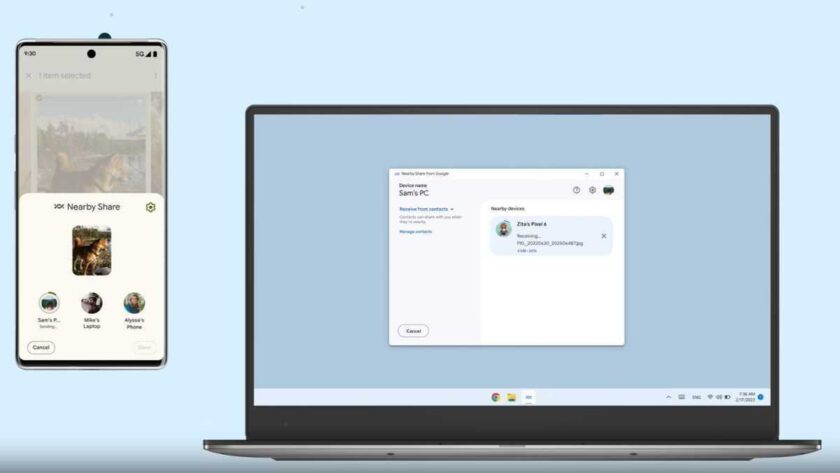When 1BN Of 8BN Total Mobile Connections Will Be 4G
The number of 4G-LTE networks in service globally is set to roughly double over the next four years, according to data by GSMA Intelligence, the research arm of the global mobile carrier association, the GSMA. Some 465 LTE networks are forecast to be in service across 128 countries by 2017, which it says is roughly double the number of live LTE networks today.
4G-LTE offers a considerable speed bump over 3G mobile technologies, in the region of 10x, although theoretical peak speeds — of up to 80Mbps (or even more) — fall to less heady real-world averages in the hands of users, with speeds depending on the characteristics of individual networks. Download averages can be as much as 24-30Mbps, or considerably lower (circa 10-15Mbps), but still offer faster speeds than 3G mobile tech.
By 2017, the research report — called Global LTE network forecasts and assumptions, 2013-2017 – expects LTE will account for about one in eight of the more than eight billion total mobile connections forecast at that point — up from 176 million LTE connections expected at the end of this year.
Yesterday it emerged that China Mobile would be the first carrier in that country to offer LTE, kicking off on December 18, followed by the other two main Chinese carriers, China Unicom and China Telecom.
Meanwhile, in the U.K. the first LTE network arrived about a year ago, with carrier EE refarming existing spectrum holdings so it could get a jump on rivals. It took until this summer for any other U.K. carriers to be in a position to switch on competing LTE offerings, with carriers O2 and Vodafone both starting off by focusing on a handful of cities. The U.K.’s smallest carrier, Three, will launch its LTE offering next month.
The first commercial 4G-LTE networks were launched in late 2009, so if the report’s forecast holds out it will have taken around seven years for 4G-LTE to go from a standing start to passing one billion connections globally.
The study calculates that about a fifth (20%) of the global population is currently within LTE network coverage range. As carriers build out networks over the coming years, this proportion is predicted to rise to half of the world’s population by 2017.
No surprise that there are huge disparities in 4G-LTE coverage globally. The U.S. leads with LTE networks already covering more than 90% of the population vs around half (47%) population coverage in Europe, and just 10% in Asia.
The U.S. also currently accounts for almost half (46%) of global LTE connections — factor in South Korea and Japan and those three nations combined account for 80% of the total. But the data suggests Asia is on the rise. The region is predicted to account for almost half (47%) of all LTE connections by 2017 — helped by China’s carriers switching on 4g-LTE networks, and also rollouts in India, another major market.
The report describes South Korea as the most advanced LTE market worldwide, with half of its total mobile connections now running on LTE networks – compared to just a fifth (20%) in Japan and the U.S.
According to the research, LTE users in developed markets consume 1.5GB of data per month on average – almost twice the average amount consumed by non-LTE users in those markets.
Globally, LTE networks have been deployed in 12 different frequency bands to date, with four out of five live LTE networks deployed in one of four bands: either 700MHz, 800MHz, 1800MHz or 2600MHz. Adapted from techcrunch.com




